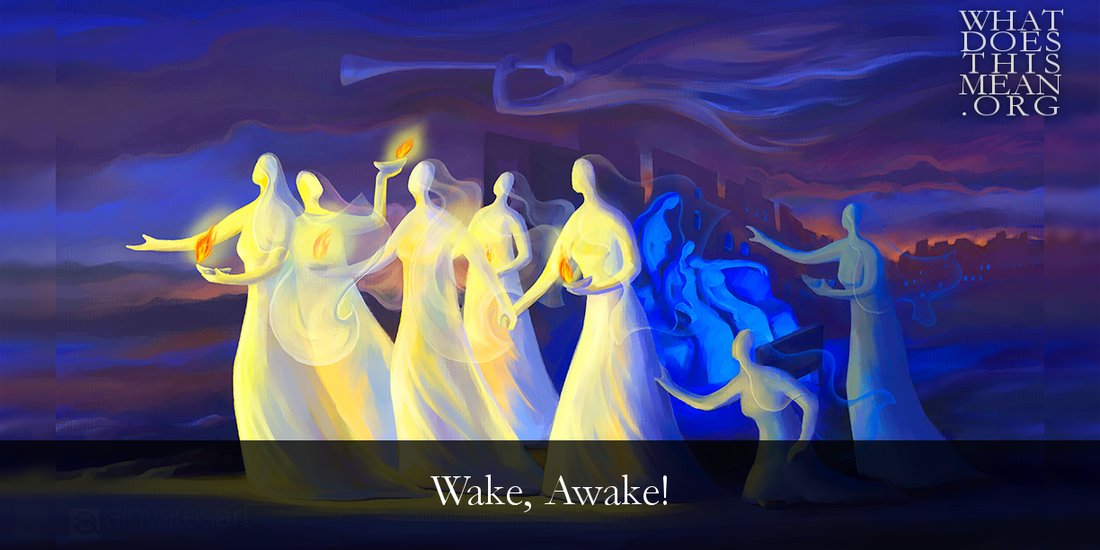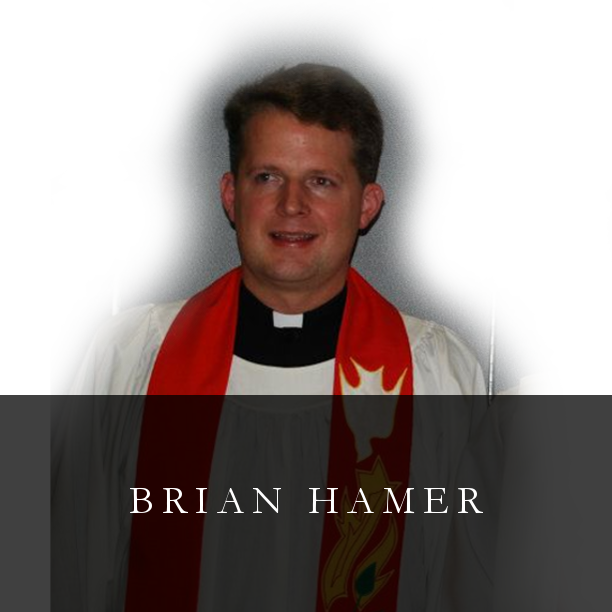|
There seemed to me nothing more sweet, delightful, and agreeable than the contemplation of the noble, sublime doctrine of Eternal Life obtained through
the blood of Christ. This I allowed to dwell in my heart day and night and searched the Scriptures as to what they revealed on this matter . . . . Then day by day I wrote out my meditations, found myself, thank God, wonderfully well, comforted in heart, joyful in spirit, and truly content . . . . (The Handbook to The Lutheran Hymnal, pp. 555-556). |
In addition to being known as the “second Chrysostom” for his gift of preaching, Nicolai was also a gifted musician, who provided the tunes for both the King and Queen of Chorales. The tune, known as Wachet auf (literally “Wake up!”), appears to be patterned on the watchmen’s songs of the Middle Ages. The intervals are expansive, including several leaps of a perfect fourth and a few fifths, complimented by a range of an octave and a third. The peculiar meter (898 Doubled 664 448) allows for repetition of the first three strophes, followed by shorter acclamations (“Hallelujah,” “Hail Hosanna,” etc.) toward the end of each stanza. The result is a perfect marriage of text and tune, both of the highest possible quality, assures us that Nicolai’s intent continues to be fulfilled throughout the church: “To leave behind me . . . as the token of my peaceful, joyful departure, or . . . to comfort other sufferers whom [the Lord] should visit with the pestilence” (Handbook, p. 556).
Musical settings of Wachet auf are many and varied, from Michael Praetorius (c. 1571-1621) to Hugo Distler (1908-1942) and many more, but perhaps the most significant and compelling is J. S. Bach’s Cantata 140, where he uses all three stanzas of the original chorale as part of his sacred music for Trinity XXVII.
The opening movement of the seven-movement cantata is a chorale-fantasia on the first stanza of Nicolai’s hymn:
1. “Wake, awake, for night is flying,” The watchmen on the heights are crying;
“Awake, Jerusalem, arise!”
Midnight hears the welcome voices / And at the thrilling cry rejoices:
“Oh, where are ye, ye virgins wise?
The Bridegroom comes, awake! Your lamps with gladness take! Alleluia!
With bridal care yourselves prepare
To meet the Bridegroom, who is near.”
The second stanza of the chorale is the centerpiece of the cantata (number 4 of 7), the most easily extracted movement, and certainly the best known one because it has been arranged for other instruments, including an arrangement for organ by Bach himself:
2. Zion hears the watchmen singing, And all her heart with joy is springing;
She wakes, she rises from her gloom.
For her Lord comes down all glorious, The strong in grace, in truth victorious;
Her star is ris’n, her light is come.
Now come, Thou Blessed One, Lord Jesus, God’s own Son, Hail! Hosanna!
We enter all / The wedding hall / To eat the Supper at Thy call.
The final movement of the cantata presents the final stanza of the chorale in a “four- square” setting for chorus and orchestra:
3. Now let all the heav’ns adore Thee, Let saints and angels sing before Thee
With harp and cymbals’ clearest tone.
Of one pearl each shining portal, Where, joining with the choir immortal,
We gather round Thy radiant throne.
No eye has seen the light, No ear has heard the might / Of Thy glory;
Therefore will we / Eternally / Sing hymns of praise and joy to Thee!



 RSS Feed
RSS Feed
